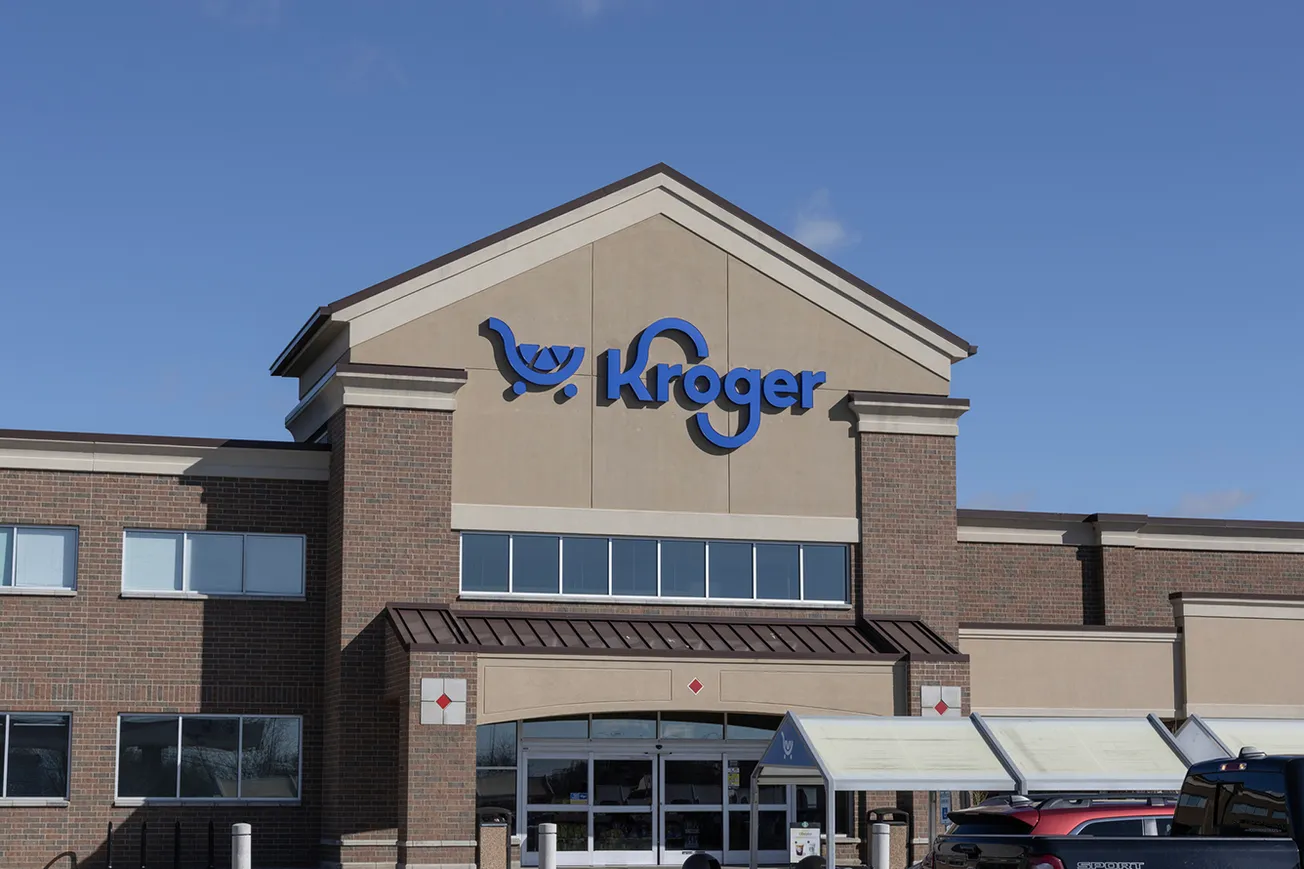NEW YORK—The US retail industry is bracing for a transformative year in 2025, with a series of sweeping changes poised to redefine the market for both consumers and businesses. According to a new report from Coresight Research, six key trends—ranging from technological innovation to evolving consumer behaviors—will shape the landscape, each carrying profound implications for the sector.
The trends are:
1. Retail Media and Retail-as-a-Service: New Revenue Frontiers. Retail media is emerging as a dominant force in digital advertising, with its market share expected to grow from 17% in 2023 to 27% by 2028. This surge is driven by brands recognizing retail platforms as critical venues for performance-driven advertising, rivaling traditional channels like social media. Retailers, in turn, are capitalizing on their intellectual property to offer Retail-as-a-Service, forging new vendor relationships in areas like e-commerce platforms, fulfillment technologies, and supply chain management. Major players like Walmart and Amazon are leading the charge, leveraging their reputations and technological infrastructure to expand into new revenue streams.
2. E-Commerce Marketplaces: The Titans of Retail. Online marketplaces are also expected to gain a greater share of retail sales, fueled by consumer demand for convenience and competitive pricing. Platforms like Shein and Temu are setting the pace with rapid growth, while traditional retailers such as Kroger and Macy’s are expanding their own marketplace models to remain competitive. The marketplace approach has become a critical strategy for attracting third-party sellers and offering diverse product selections, further entrenching these platforms in the retail ecosystem.
3. In-Store Technology: Where Innovation Meets Engagement. Technological advancements are also reshaping physical retail. The rise of in-store innovations, including AI-powered smart shopping carts and electronic shelf labels, is transforming the shopping experience. These technologies enhance customer engagement and improve operational productivity. Retailers adopting omnichannel strategies are finding that seamless integration between online and offline channels fosters customer loyalty, with many shoppers more likely to return to retailers offering such interconnected experiences.
4. Generative AI: The Next Frontier. Generative AI is set to play a pivotal role in the industry's evolution. Retailers are increasingly investing in AI to enhance personalization, optimize operations, and implement dynamic pricing models that respond to real-time market conditions. This technological shift is becoming a cornerstone of competitive advantage, and companies that fail to embrace AI risk falling behind in an increasingly data-driven market.
5. The GLP-1 Effect: Healthier Lifestyles Reshape Retail Demand. Another factor driving change in retail is the growing popularity of GLP-1 drugs, such as Ozempic. These medications, which promote weight loss and healthier lifestyles, are expected to significantly influence consumer behavior. By 2030, an estimated 12 million Americans are projected to use GLP-1 medications, resulting in greater demand for health-conscious products and wellness services. Retailers like Whole Foods Market are well-positioned to benefit from this shift, while businesses focused on high-calorie foods or plus-size apparel may face challenges if they do not adapt to changing consumer priorities.
6. Unified Commerce: Breaking Down Silos. The move toward unified commerce is set to revolutionize how retailers engage with consumers. By breaking down silos between channels, businesses can provide seamless shopping experiences that encourage impulse buying and upselling. Retailers investing in these integrated strategies, such as Kraft Heinz and Ulta Beauty, are already seeing benefits in terms of increased customer spending and loyalty.
In short, Coresight Research sees the retail sector as being at a critical juncture, where embracing innovation and adapting to changing consumer preferences are no longer optional but essential for survival. The winners of this new era will be those who align their strategies with these transformative trends, focusing on long-term objectives while leveraging data and technology to meet evolving demands. For those unwilling to adapt, the consequences could be severe in an industry defined by relentless competition and rapidly shifting landscapes. The report sees the future of retail in 2025 as one of opportunity and challenge, requiring bold steps and a clear vision to thrive in the years ahead.










